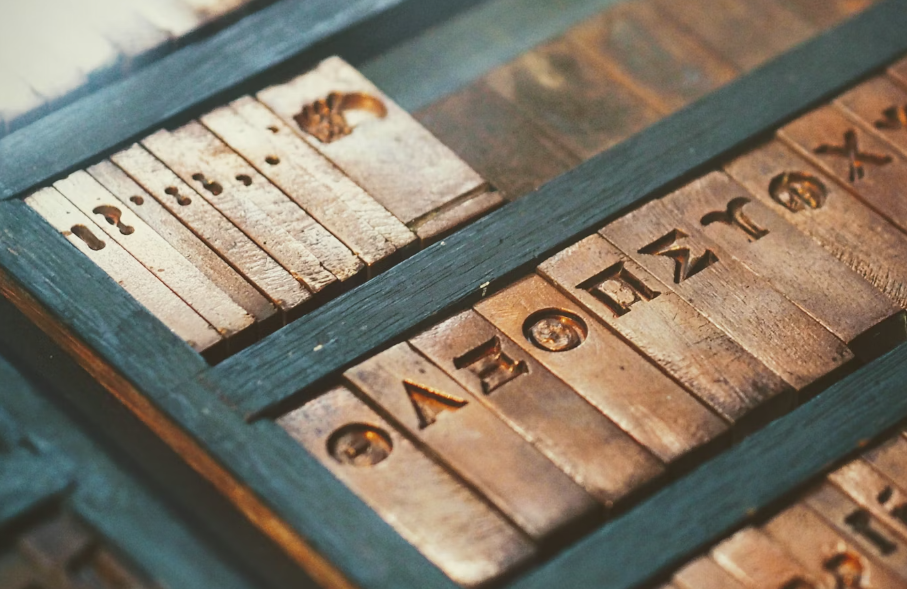Was This Roman Emperor a Transgender Woman?

© Palazzo Nuovo - Capitoline Museums - Rome
The topic of gender identity and historical figures is often shrouded in mystery and speculation. One such figure from ancient Roman history is Emperor Elagabalus, who has been the subject of much debate and controversy. Emperor Elagabalus, also known as Heliogabalus, ruled Rome from 218 to 222 AD and is infamous for his unconventional behavior and controversial reign. But, what we truly want to know is: Was the Roman Emperor Elagabalus truly transgender, or is this just a modern interpretation of historical accounts?
Who Was the Roman Emperor Elagabalus?
Emperor Elagabalus, often depicted as monstrous by historians, is likened to notorious tyrants like Caligula and Nero due to his reputation for wickedness and vice during his reign. Emperor Elagabalus displayed extreme cruelty at his feasts, including lashing guests to a water wheel to drown them and releasing wild animals among his guests. He also caused chaos by releasing poisonous snakes at gladiatorial games and incited deadly stampedes by throwing precious metals into crowds from a tower.

Elagabalus was extravagant in his attire, often wearing precious silks and adorned with gems. He also expressed a desire to create a Roman senate comprised solely of women.
There Is Even More to the Emperor’s Story
Elagabalus became emperor with the help of his grandmother, Julia Maesa, after the death of his cousin Caracalla. Julia, determined to keep power within her family, sought out her 14-year-old grandson, who was living in the remote Syrian town of Emesa. He was described as exceptionally handsome and worshipped the local sun god Elagabal in his youth. Rumors circulated about him considering a sex-change operation, and he engaged in relationships with male partners.

Additionally, he spent his time in the palace surrounded by women. He kept engaging in activities like singing, dancing, and weaving while adorned with makeup and jewelry. His extravagant and effeminate behavior repulsed many soldiers. This is also what ultimately led to his assassination in March 222 AD, just four years into his reign.
So, Was the Roman Emperor Elagabalus Really Transgender?
The North Hertfordshire Museum in Hitchin, near London, decided to depict Elagabalus as a transgender woman based on ancient texts, including a quote from Cassius Dio, a prominent Roman historian, where Elagabalus allegedly said, “Call me not Lord, for I am a Lady.” Because of that, the museum has chosen to use the pronouns she/her when referring to Elagabalus, who reigned from 218 to 222 AD.

An executive member for Enterprise and Arts at North Herts Council, which helps run the museum previously said: “We try to be sensitive to identifying pronouns for people in the past, as we are for people in the present, it is only polite and respectful. We know that Elagabalus identified as a woman and was explicit about which pronouns to use, which shows that pronouns are not a new thing.”
What Do Experts Have to Say?
Experts have varied opinions on the museum’s decision regarding Elagabalus. Mary Beard, author of “Emperor of Rome: Ruling the Ancient Roman World,” acknowledges the complexity of the issue. She emphasizes that debates over gender boundaries have existed for millennia.

Elagabalus remains a fascinating figure in Roman history. His marriages to both men and women sparked debate about his gender identity. The museum cites Dio’s writings and other texts suggesting Elagabalus’s transgender identity, including inquiries about surgical procedures to become female.
What Else Could the Texts Mean?
Some experts caution that texts describing Elagabalus’s behaviors were written when he was a teenager. They suggest Dio’s references to female characteristics could be intended as criticism of the emperor’s rule. Shushma Malik, a Cambridge University classics professor, suggests that descriptions of Elagabalus wearing makeup and wigs may have been used to undermine him. Mary Beard points out that Dio also referred to other emperors, like Nero, as women. This indicates a broader literary tradition rather than a literal gender identification.

Some, like Hoskins, support the museum’s decision, citing explicit mentions in texts of Elagabalus’s preferred pronouns. However, Mary Beard told TIMES Magazine that we should be cautious against applying modern categories to ancient contexts. She emphasizes the complexities of gender boundaries in the ancient world.
What do you think? Do you believe that the Roman Emperor Elagabalus was transgender?
You might also want to read: Viral TikTok Trend: Men Think About The Roman Empire All Day


